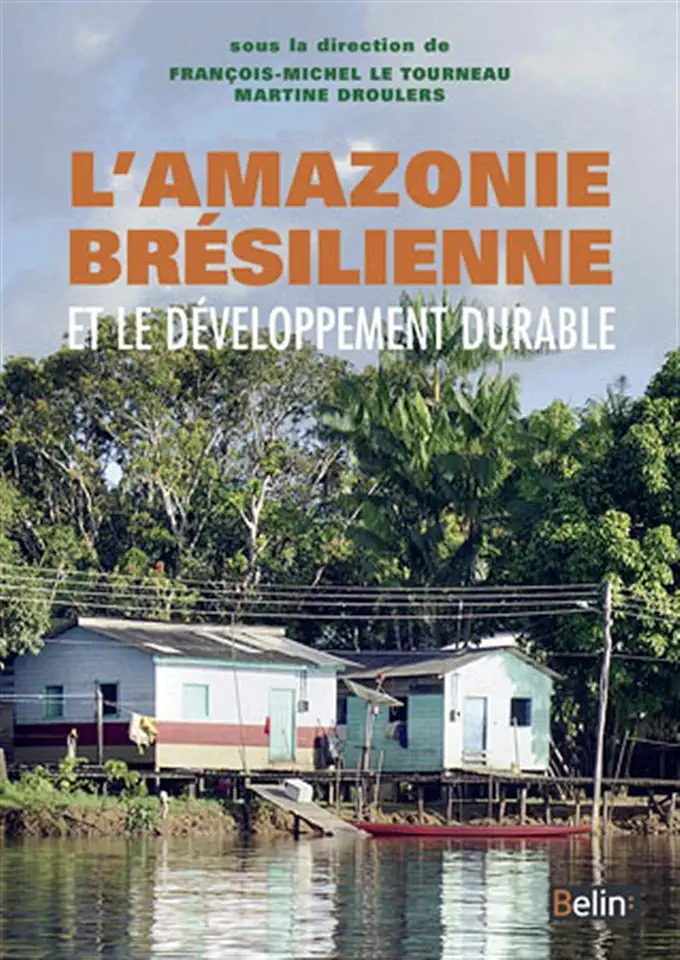
The Brazilian Amazon: and Sustainable Development - François - Michel Le Tourneau Martine Droulers
The Brazilian Amazon: A Paradise of Biodiversity and Natural Resources
The Brazilian Amazon is the largest rainforest in the world, covering an area of over 5.5 million square kilometers. It is home to an estimated 10% of the world's known species, and is considered to be one of the most biodiverse places on Earth. The Amazon is also a vital source of oxygen and rainfall for the region, and plays a crucial role in regulating the global climate.
Threats to the Amazon
Despite its importance, the Amazon is facing a number of serious threats, including:
- Deforestation: The Amazon is being cleared at an alarming rate, primarily for the purpose of cattle ranching and soybean farming. This deforestation is not only destroying habitat for wildlife, but is also releasing large amounts of carbon dioxide into the atmosphere, contributing to climate change.
- Mining: Mining for gold, copper, and other minerals is also a major threat to the Amazon. Mining operations can pollute water sources, destroy habitat, and displace indigenous peoples.
- Climate change: Climate change is already having a negative impact on the Amazon, causing the rainforest to become drier and more susceptible to fire. Climate change is also leading to changes in the distribution of plant and animal species, which could have a devastating impact on the ecosystem.
Sustainable Development in the Amazon
Despite the threats it faces, there is still hope for the Amazon. Sustainable development is possible in the Amazon, but it will require a concerted effort from governments, businesses, and individuals.
Some of the key principles of sustainable development in the Amazon include:
- Protecting biodiversity: The Amazon is home to an incredible diversity of plant and animal species, and it is essential that we protect this biodiversity for future generations. This can be done by creating protected areas, reducing deforestation, and promoting sustainable agriculture.
- Reducing carbon emissions: The Amazon plays a vital role in regulating the global climate, and it is essential that we reduce carbon emissions to protect the rainforest. This can be done by transitioning to renewable energy sources, reducing our consumption of fossil fuels, and improving energy efficiency.
- Supporting indigenous peoples: Indigenous peoples have a long history of living in harmony with the Amazon, and they have a wealth of knowledge about how to sustainably manage the rainforest. It is essential that we support indigenous peoples and their rights, and work with them to develop sustainable development plans.
Conclusion
The Brazilian Amazon is a precious resource that is facing a number of serious threats. However, sustainable development is possible in the Amazon, but it will require a concerted effort from governments, businesses, and individuals. By working together, we can protect the Amazon and ensure that it continues to provide its many benefits to people and the planet.
Call to Action
If you are interested in learning more about the Amazon and how you can help protect it, there are a number of resources available online. You can also support organizations that are working to protect the Amazon, such as the Amazon Conservation Association, the Rainforest Alliance, and the World Wildlife Fund.